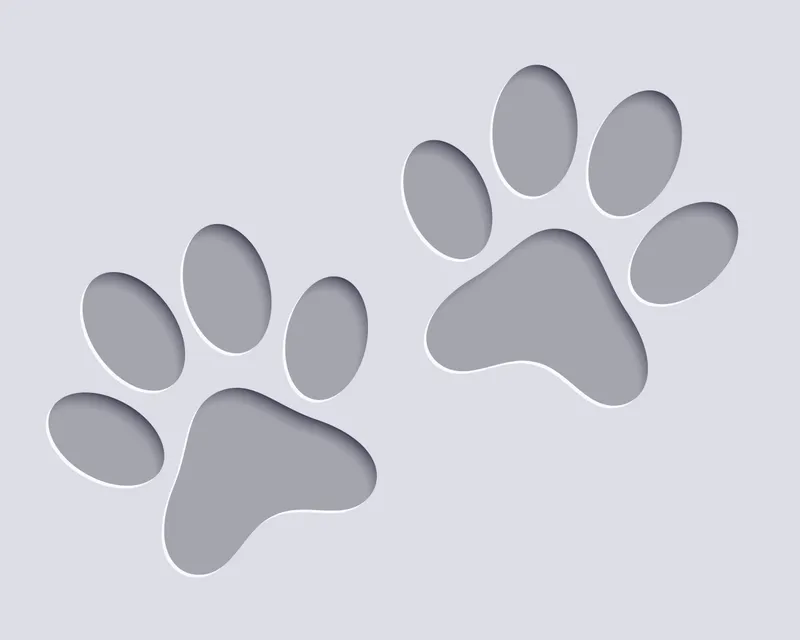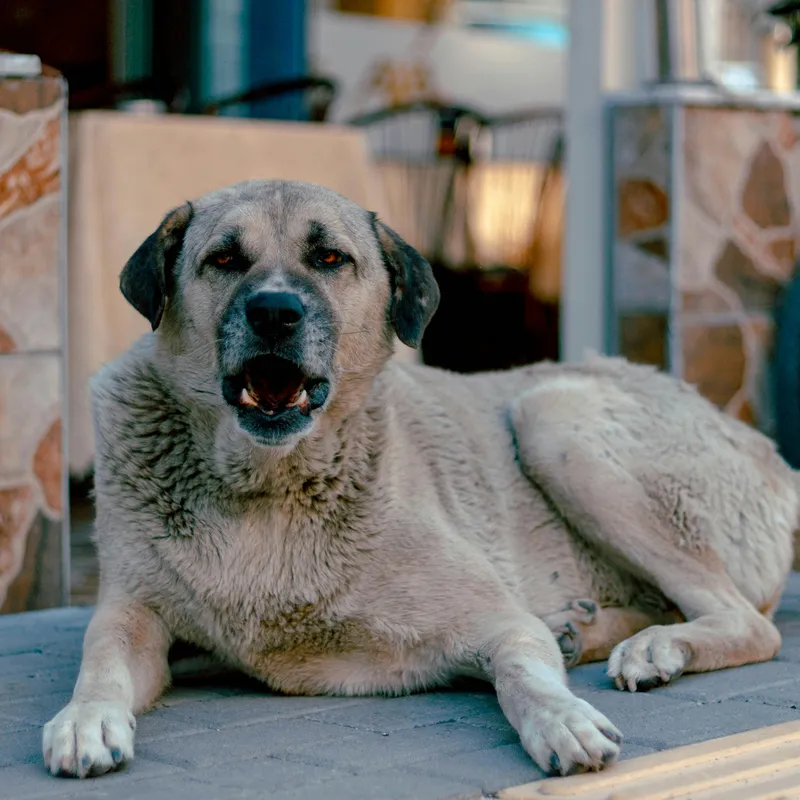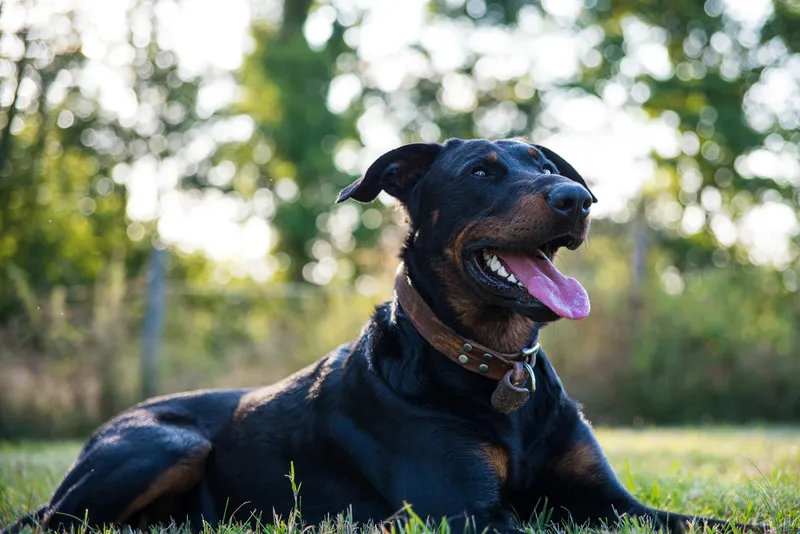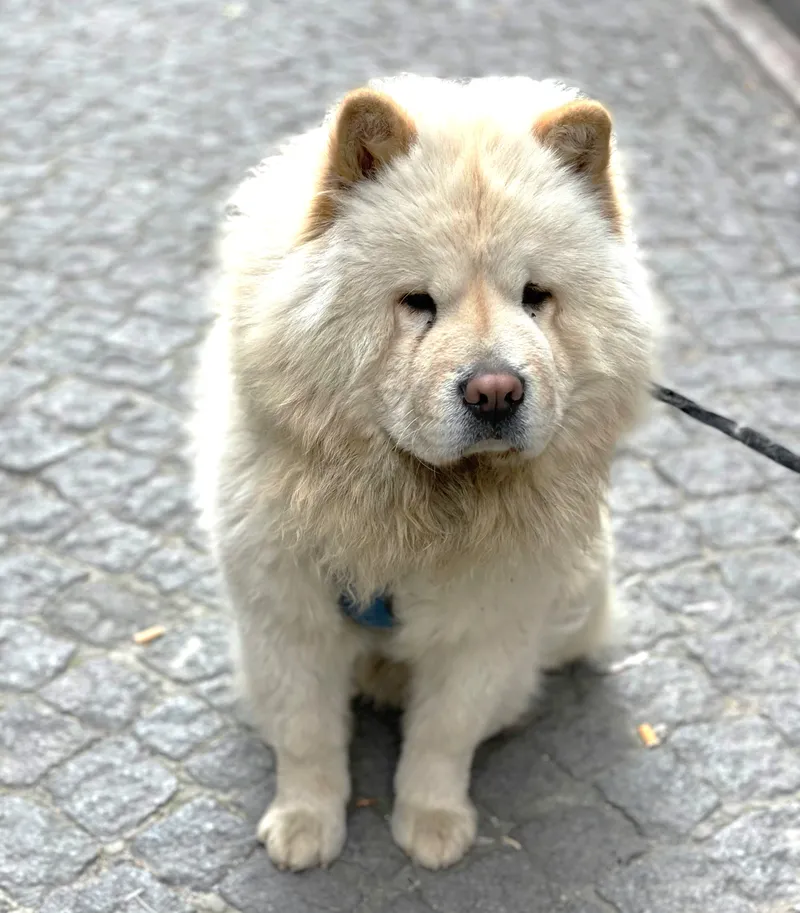Tibetan Mastiff

Description
The Tibetan Mastiff is a large and powerful breed originally developed by nomadic cultures of Tibet, China, Nepal, and India to protect sheep from predators like wolves and leopards. Known for their impressive size and majestic appearance, these dogs have a thick double coat that can come in various colors, including black, brown, blue-gray, and gold, often with tan markings. They have a broad head, strong jaws, and a distinctive mane-like ruff around the neck, giving them a lion-like appearance. Tibetan Mastiffs are known for their loyalty and protective instincts, making them excellent guardians for families and property.
Personality
Tibetan Mastiffs are known for their independent and strong-willed personality. They are naturally protective and can be aloof with strangers, making them excellent watchdogs. While they are loyal and affectionate with their families, they can be reserved and may not readily warm up to new people. This breed is intelligent and requires firm, consistent training from an early age. Their protective nature can sometimes lead to stubbornness, so early socialization and obedience training are crucial to ensure they develop into well-mannered companions.

Care Requirements
Caring for a Tibetan Mastiff requires commitment and attention to their specific needs. They thrive in a spacious environment where they have room to roam and exercise. Regular, moderate exercise is important to prevent obesity, but they do not require excessive activity. Their thick coat necessitates regular grooming, especially during shedding seasons, to prevent matting and to keep their skin healthy. Due to their independent nature, mental stimulation through training and interactive play is essential. They are not well-suited for living in small apartments and can become destructive if bored or left alone for long periods. Basic health care, including regular veterinary check-ups, vaccinations, and a balanced diet, is essential for their overall well-being.
Suitable For:
- Families who value a protective pet
- Individuals or families with moderate activity levels
- Owners with some prior dog training experience
- Households with older children
- Homes with a large, secured yard
Not Suitable For:
- Homes with frequent visitors or large social gatherings
- Families with very young children
- First-time dog owners due to moderate trainability
- Households with small or no outdoor spaces
- Individuals who prefer a quiet, low-barking dog
Physical Characteristics
Tibetan Mastiffs are one of the largest dog breeds, with males typically weighing between 90 to 150 pounds and females ranging from 70 to 120 pounds. They stand about 24 to 30 inches tall at the shoulder. Their robust build is complemented by a thick, heavy coat that insulates them against harsh weather conditions, with a dense undercoat and a longer outer coat. The breed's distinctive features include a broad head, powerful neck, and expressive eyes, often dark brown or amber. They have a strong, muscular body with a bushy tail that curls over their back.
Height
Male: 26" - 30"
Female: 24" - 28"
Weight
Male: 90 - 150 lbs
Female: 70 - 120 lbs
Life Expectancy
10 - 12 years

Breed Profile
Breed Characteristics
Maintenance Requirements
Breeds Similar to Tibetan Mastiff
Based on temperament, size, and care requirements, these breeds share similar characteristics:
Frequently Asked Questions
Affiliate Disclosure: Pet Breed Hub participates in affiliate programs. We may earn a commission from qualifying purchases made through links on this page, at no additional cost to you. These commissions help us maintain this free resource. Learn more
Recommended Products for Tibetan Mastiffs
Fun Facts
The Tibetan Mastiff is an ancient breed, with origins dating back over 2,000 years in the Himalayan mountains. They were originally bred by nomadic cultures of Tibet, China, Nepal, and India as guard dogs to protect livestock from predators like wolves, leopards, and tigers.
While already impressively large, Tibetan Mastiffs can appear even larger due to their thick double coat, which is particularly heavy around the neck creating a lion-like mane. This breed has a seasonal shedding pattern and may lose its undercoat completely during summer months.
Despite their intimidating size, Tibetan Mastiffs are known for their calm and patient demeanor. They are typically reserved around strangers but are gentle and protective of their family, especially children. However, they are also known to be stubborn and independent, traits that were useful in their history as guard dogs.
Tibetan Mastiffs have a deep, powerful bark which they traditionally used to scare off predators in the Himalayas. This bark can carry over long distances, and they are known to bark at night if left outside, a trait that may not endear them to neighbors in a more suburban setting.
In China, the Tibetan Mastiff is considered a status symbol and has been one of the most expensive breeds in the world. In 2014, one Tibetan Mastiff puppy was reportedly sold for a staggering $2 million. The breed's popularity in China is often credited with helping ensure the survival of the breed when numbers were dwindling.



